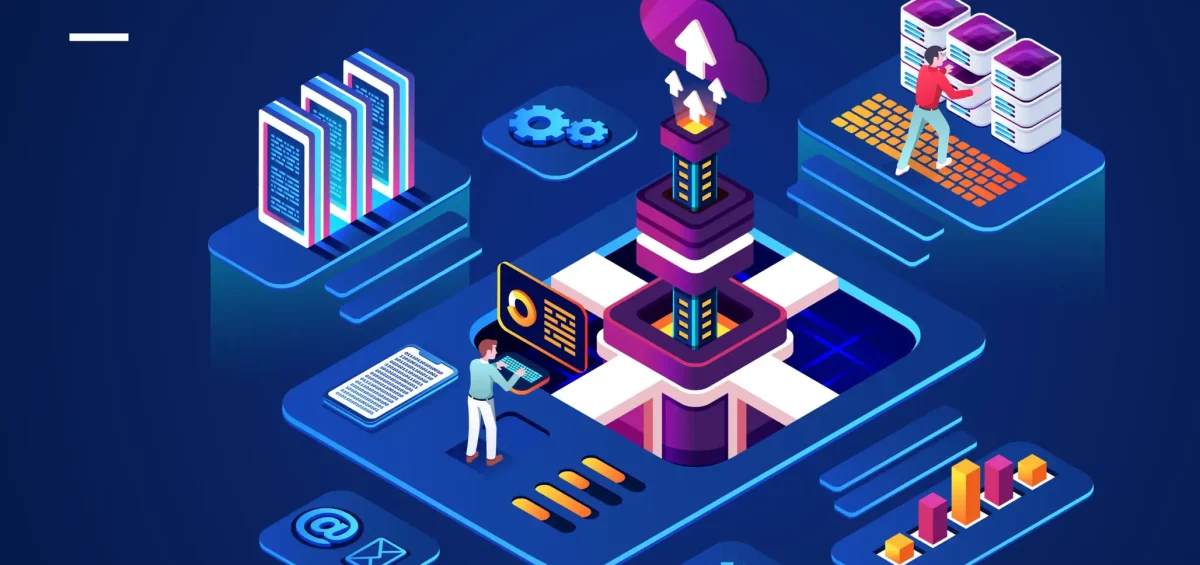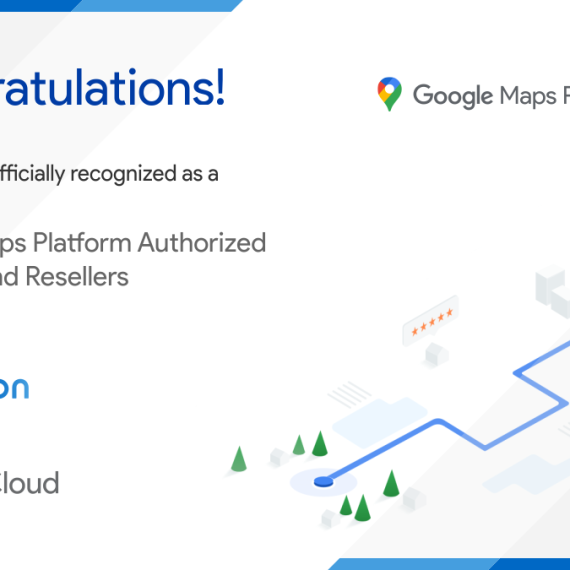The Rise of Multi-Cloud Data Centers
Forget bulky desktops and whirring servers, the future of computing is soaring sky-high, housed in colossal fortresses of data called cloud data centers.
With a significant shift from traditional on-premises data centers to adaptable cloud solutions, multi-cloud strategies are now essential in modern IT infrastructures.
This data rush, fueled by our ever-growing appetite for information and flexible tech, is changing not just how we compute, but how we work, play, and connect in a world increasingly shaped by the cloud.
This shift isn’t just about convenience. The cloud offers a level of agility and scalability that on-site servers simply can’t match. Need to launch a new website overnight? The cloud has your back. Dealing with a sudden surge in traffic? The cloud seamlessly scales up to meet the demand. This flexibility is especially alluring for startups and small businesses, allowing them to compete on a global stage without the burden of hefty upfront investments.
What’s a Multi-Cloud Data Center Anyway?
Multi-cloud data centers represent a strategic approach integrating services and resources from various cloud computing providers. This model diverges from traditional data centers by harnessing the strengths of different cloud services, offering enhanced performance, greater cost efficiency, and superior scalability.
Benefits of Multi-Cloud Data Centers
The migration to multi-cloud data centers offers lots of advantages:
- Flexibility: Companies can select specific services that align with their unique requirements, allowing for more tailored IT solutions.
- Scalability: These centers enable businesses to adjust their resources seamlessly with inconsistent demands. According to a report by RightScale, 87% of enterprises employ a multi-cloud strategy, highlighting its scalability.
- Cost Efficiency: By leveraging varied providers, businesses can optimize costs, with studies indicating that multi-cloud strategies can reduce IT expenditures by up to 20%.
- Resilience and Disaster Recovery: Diversifying cloud services enhances business continuity and data recovery, which is crucial in today’s data-driven world.
Multi-Cloud Data Center Architecture
The architecture of multi-cloud data centers depends on containerization, which allows for application portability and orchestration tools like Kubernetes that manage these containerized applications. Hybrid cloud management platforms are also crucial for seamless operation across diverse cloud environments.
Use Cases of Multi-Cloud Data Centers
Multi-cloud data centers are increasingly prevalent across various sectors:
- In finance, they provide robust data security and commitment to regulatory compliance.
- In e-commerce, companies can benefit from their ability to manage high-traffic volumes efficiently.
- For global enterprises, multi-cloud strategies ensure compliance with local data laws and provide region-specific services.
Future of Multi-Cloud Data Centers
The future of multi-cloud data centers looks vibrant, with emerging technologies like AI and machine learning poised to streamline cloud management further. Gartner predicts that by 2025, 80% of enterprises will adopt a multi-cloud strategy, signifying its growing importance. Additionally, the integration of edge computing promises to enhance data processing capabilities and performance.
Furthermore, the role of multi-cloud data centers in promoting sustainability and green computing is becoming an essential point in the technological realm. These centers are poised to be crucial in advancing more sustainable IT practices, primarily by optimizing resource utilization and reducing carbon footprints.
Overall, Multi-cloud data centers represent a pivotal shift in cloud computing, offering unparalleled flexibility, scalability, and cost efficiency. These centers merge various cloud services to optimize IT infrastructure, addressing specific business needs while enhancing security and performance. Their increasing prevalence signifies an emphasis on adaptability and sustainability, marking them as a critical element in the future of digital transformation.
The future of computing is undoubtedly in the cloud, and these modern-day data centers are its beating heart. From groundbreaking scientific research to everyday digital interactions, their impact on our lives will only continue to grow. So, next time you scroll through your phone or stream a movie, remember, it’s not magic, it’s the rise of multi-cloud data centers, silently working behind the scenes to power our ever-connected world.
To start your journey with multi-cloud data centers, contact us on our Website, or through LinkedIn!







Leave a Comment